“Mom!!” exclaimed Jimmy in his fire fighter Halloween outfit.
“Did you know that a jewel beetle can smell a burning tree from over ten miles away” he continued, with his eyes wide open in excitement.
“Why can’t I sense fire like a jewel beetle?” he asked with his enthusiasm waning.
Aspects like food gathering, ensuring mating process and securing the health of their eggs have conditioned the Jewel beetle to evolve in the way it has. Though the preliminary functions of the sensory organs are the same across animals and insects, the varying levels of evolution and integration is what makes the difference count.
Evolving the embedded architecture:
Likewise, in the automotive industry as we scale up from basic driver assist features to full blown automation, automakers are confronted by a more or less similar situation. As much as the requirements to accomplish this feat may involve systemic changes, it will involve innate changes as well. While evolving sensors may help in zeroing in on precision and boosting efficiency, the apple still isn’t going to fall very far from the tree. The fundamental difference should stem from the automated driving controller that perceives, decides and responds. For this to take effect, the implications will point far beyond implementation teams into the depths of the vehicle network architecture.
Where 1 > 1+1+1…
Features like adaptive cruise control, automatic brake assist, lane departure warning, park assist etc. have all been generally developed as independent systems and by independent teams. All these features come with their own sensors and controllers customized to exactly serve the particular purpose. Now as we eye level 5 autonomy, all the independent teams would have to collaborate in building a centralized system. This will not only reduce the cost involved, but drastically improve the safety and efficiency too.
Refining and Redefining Safety Standards:
A centralized architecture would imply the interlacing of all the sensors to one central processing unit. This would exponentially increase the amount of data received and transmitted. The ability to receive, interpret and transmit would also require a complete upgrade given the size of the new bandwidth involved. The response from the central unit takes the form of actuation messages that then alerts appropriate units for corresponding responses like motion control, steering control, brake thrust, lane departure warning etc. The timing and accuracy of sensors and actuation messages will be highly critical for effective vehicle operation & passenger safety.
Honing the efficiency and accelerating the performance of the system can be achieved only through high quality vehicle architecture. Today, the industry norm adheres to the bus-load approach which does not guarantee timely end-to-end delivery of critical messages. So, to fortify safety standards it certainly comes down to agile system architecture and embedded expertise.
Why EMA?
EMA is a global embedded engineering services company with a legacy of experience spanning over a decade. We primarily drive towards delivering operational cost savings, reducing time-to-market and boosting scalable capacity with highly weathered and adept resources. Our embedded expertise can help define, develop and deploy profitable mobility solutions in the global automotive market.
If you’re interested to know more, please let us know







